
|
|
|
|
|
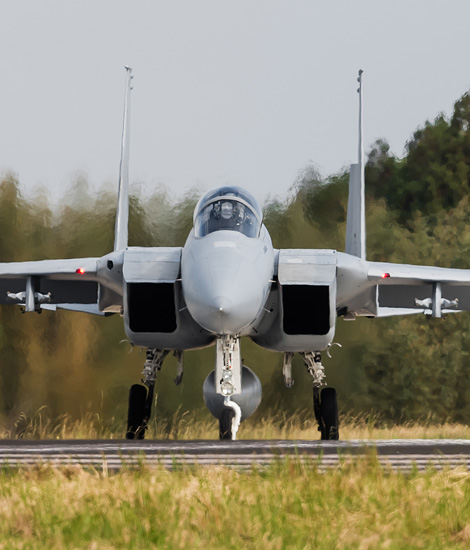
|
F-15s on Quick Reaction Alert; Nyatubaru, November 7, 2019
Eagles for the Air Defense, part 3; Text and Photograph's by Alex van Noye
During the defense of Japanese airspace, the F-15J Eagle plays the leading role in the current situation. These aircraft are scattered throughout the country and can respond to every possible threat 24 hours a day, 7 days a week. Japanese fighter planes have been used more and more often in scrambles in the recent years.
Over the past twelve years, Japanese fighter planes have increasingly been used for scrambles. The situation around Japan has deteriorated over the years, as non-friendly countries have increasingly invested in their military apparatus. More and more often, aircraft from countries such as China and Russia are getting closer to the national airspace of Japan. This also means that Japanese air defense is increasingly being scrambled to intercept the threat. 2016 was an absolute record year, as there have never been so many interception flights flown by the JASDF. The Japanese fighter planes used for the defense of the airspace are spread over four major defense regions in Japan. These four defense zones, are; the Northern Air Defense Force with headquarters at Misawa, the Central Air Defense Force coordinated from Iruma, the Western Air Defense Force based on Kasuga and the Southwestern Air Defense Force based on Naha in Okinawa. These four zones all have their own wings with combat aircraft, early warning aircraft, radar installations and anti-missile batteries at their disposal to ensure the defense of Japan. Each zone has its own F-15 wing which are the most important instruments for air defense and interceptions. These four F-15J airfields are Chitose in the north, Komatsu in the central zone, Nyatubaru in the western zone and Naha in the southwestern zone around the islands of Okinawa.
Russia is implementing a drastic military modernization and revitalizing military operations. Nowadays, many modern military aircraft are flying around in the Far East region (Vladivostok). These threats consist of modern combat aircraft such as Su-30, Su-34 and Su-35. These aircraft are modern combat aircraft that are capable of achieving air dominance and can be used as tactical fighter-bombers. Many more long-distance patrol aircraft from the Russian Air Force and Navy, such as Tu-95 and Il-38, also fly to Japanese airspace. These aircraft are respectively heavy nuclear bombers and anti-submarine patrol aircraft. Russia's threat has almost doubled over
|
|
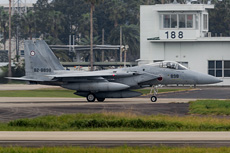
|
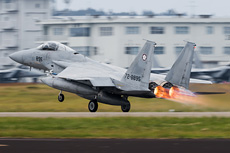
|
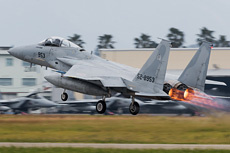
|
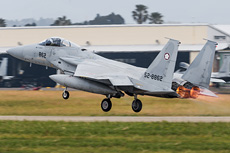
|
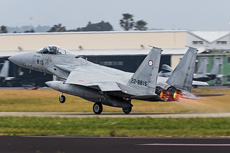
|
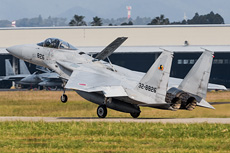
|
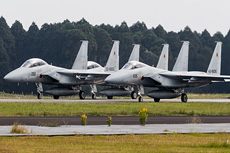
|
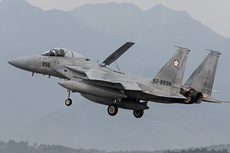
|
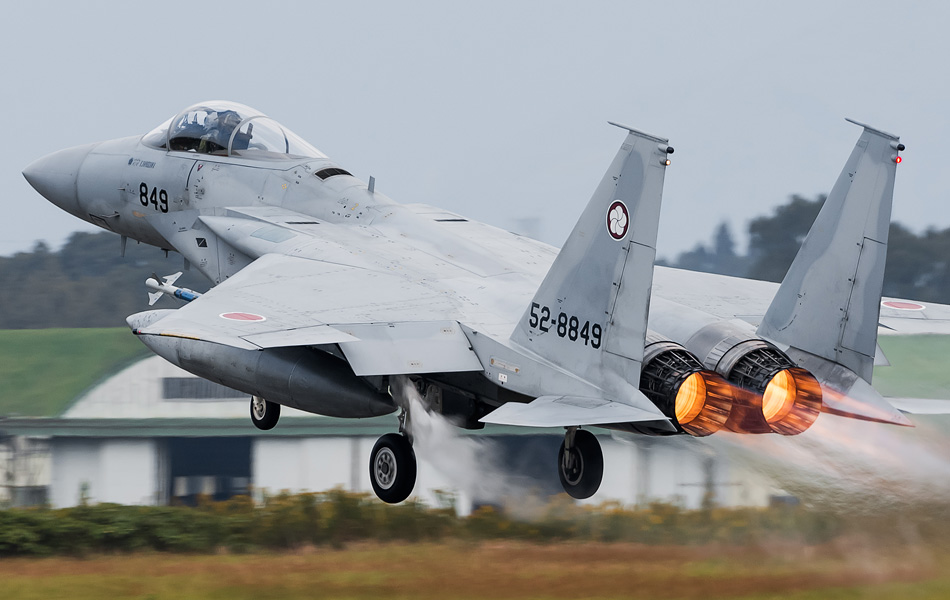
|
the years. The amount of Russian planes above the seas around Japan has never been as high as since the end of the Cold War. Where in 2008 more than 237 Japanese fighter planes had to be scrambled, in 2012 this was already more than 248 times. In 2018, the JASDF had to alert fighter aircraft more than 343 times for a Russian threat. These threats often take place around the northern islands of the Japanese Empire. However, many flights have also been observed in the southern regions of the country. Russia's military activities in East Asia were not without risks in 2019. Two Su-34 fighter-bombers crashed in the Sea of Japan after the two aircraft were likely to collide with each other on January 18, 2019. Defying of Japanese air defense by Russian aircraft is therefore a dangerous cat and mouse game for both countries.
Where Russia is an increasing threat to Japan, this country is currently not the biggest concern for the Japanese JASDF. The Chinese threat has increased by a factor of twenty in the last ten to twelve years. The planes come from the Chinese People's Liberation Army Air Force (PLAAF) and People's Liberation Army Navy Air Force (PLANAF). China has experienced strong economic growth in recent years, which has also made it a very strong military force. Whereas in 2008 a Japanese fighter plane had to be used for interception only 31 times, in 2010 this had already tripled to 96 times. These numbers have risen dramatically in ten years to more than 638 times in 2018. The Chinese threat is therefore currently more than twice as large as the Russian threat when expressed in the number of scrambles of the Japanese JASDF. On April 1, 2019, the PLANAF sent two Xian H-6G maritime attack bombers and also a Shaanxi Y-9JB (GX-8) aircraft for electronic warfare to Japan. These Chinese aircraft often make patrol flights through the international airspace between the Japanese islands of Okinawa and Miyako in the East China Sea. On March 30, 2019, PLAAF sent four Xian H-6K long-range bombers and a Tupolev Tu-154MD electronic intelligence aircraft and at least two combat aircraft along the same flight path. Most PLANAF and PLAAF interceptions mainly take place in the airspace around Okinawa and in the East China Sea. Chinese planes usually pass the Miyako Street during long-distance exercises, which is an important flight route for the Chinese to the Pacific Ocean.
In addition to the major Chinese and Russian threats, there are also to a much smaller extent of airplanes from Taiwan that come too close, causing that Japanese combat aircraft were alerted. In the last ten years there have only been two years in which the JASDF had to scramble to intercept North Korean aircraft. This deployment took place in 2009 and 2013. North Korea does not have the financial means to fly far beyond its own airspace. The threat from North Korea increasingly comes from rocket tests being conducted, with ballistic missiles being fired in the direction of Japan. These missiles eventually fall into the Japanese Sea, but are seen by the Japanese government as a very serious threat since the missiles can contain a nuclear charge. Due to all these increasing threats, the JASDF has been confronted in recent years with an imminent shortage of combat aircraft. The F-15J is and remains the most important JASDF fighter plane for these air defense tasks and interceptions. Due to the increasing foreign threats, the Mitsubishi F-2 multi-role combat aircraft are also available for interception tasks. The last F-4EJs that are still based at Hyakuri can also be deployed, but these aircraft will stop flying in the spring of 2020. Once the first F-35A Lightning IIs are ready for full deployment, they will also be deployable for the air defense of Japan. The majority of interceptions, however, will continue to be carried out by the Eagles, because that aircraft is simply very good at this important task.
|
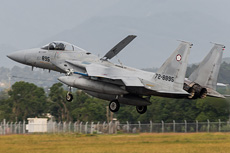
|
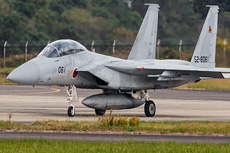
|
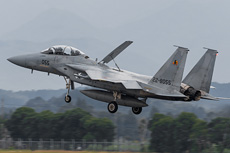
|
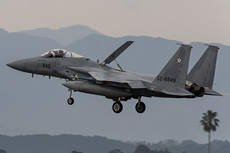
|
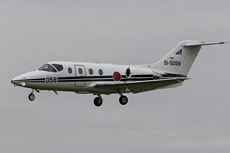
|
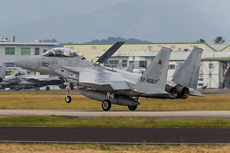
|
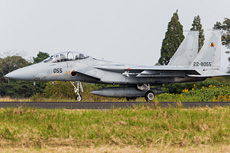
|
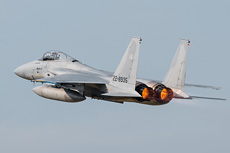
|
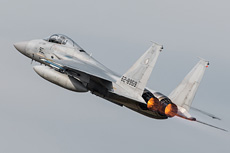
|
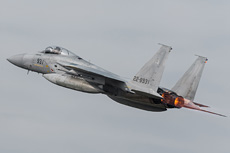
|
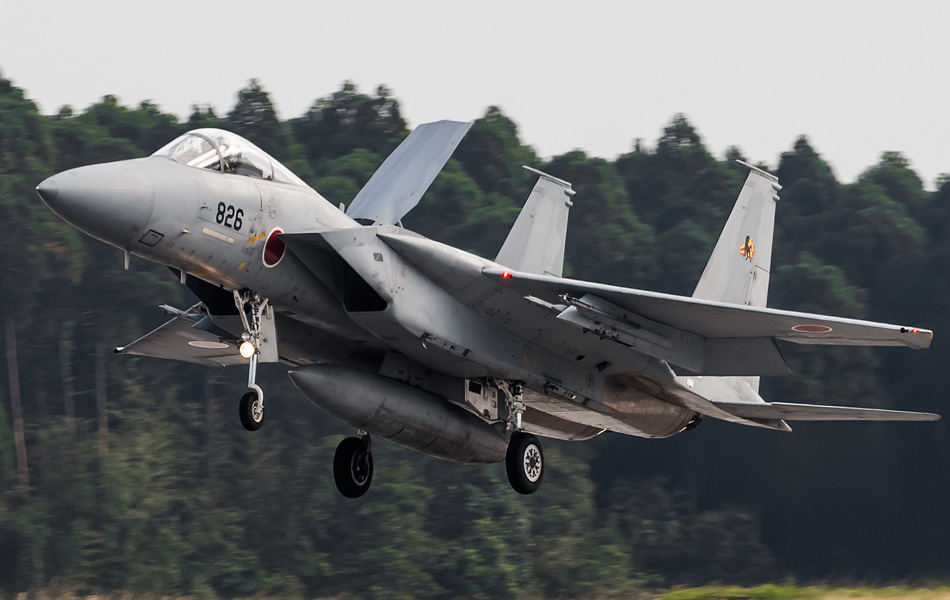
|
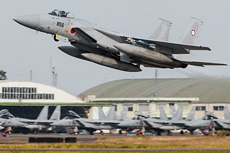
|
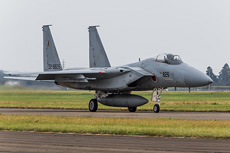
|
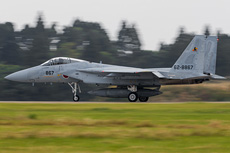
|
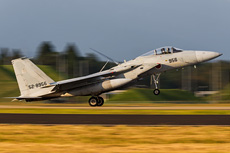
|
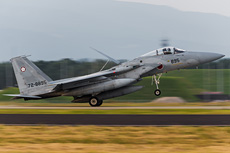
|
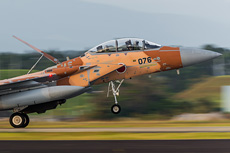
|
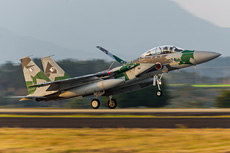
|
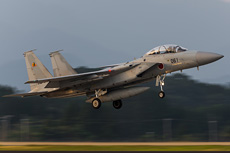
|
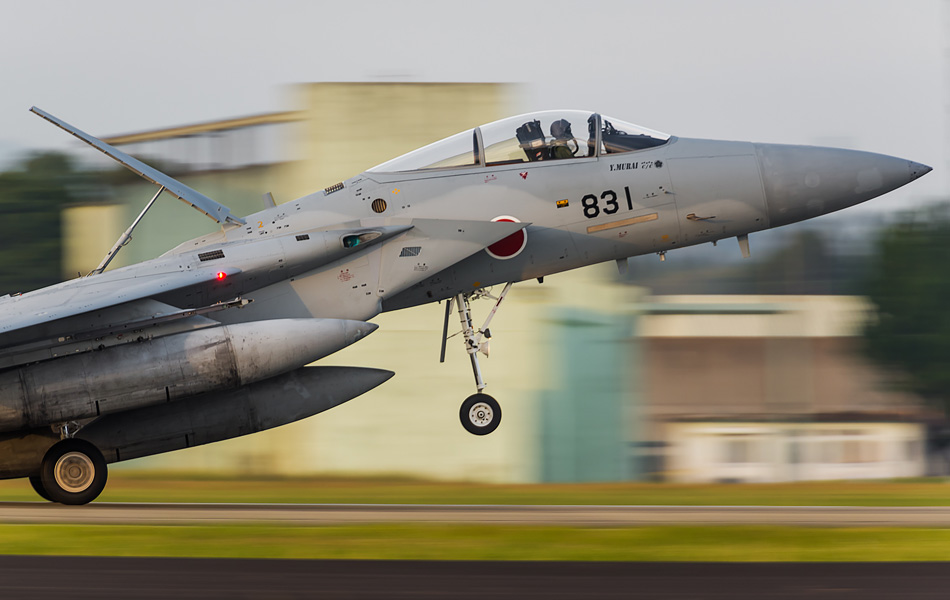
|
|
|

|







